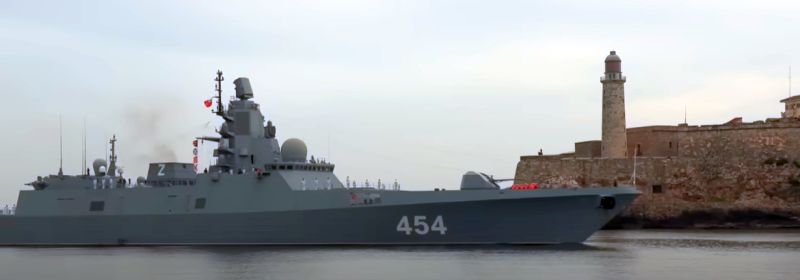 On Wednesday four Russian naval vessels; a nuclear-powered submarine, a frigate, an oil tanker, and a rescue tug; arrived in Cuba for military drills.
On Wednesday four Russian naval vessels; a nuclear-powered submarine, a frigate, an oil tanker, and a rescue tug; arrived in Cuba for military drills.
The vessels’ visit has been seen as a show of force amid Moscow’s tensions with the West over the war in Ukraine, according to the BBC. The ships anchored in Havana Bay – some 90 miles (145km) from the US state of Florida.
Russia’s defence ministry says the Admiral Gorshkov frigate and the Kazan submarine both can carry advanced weapons, including hypersonic missiles Zircon. They earlier conducted missile drills in the Atlantic.



 A
A 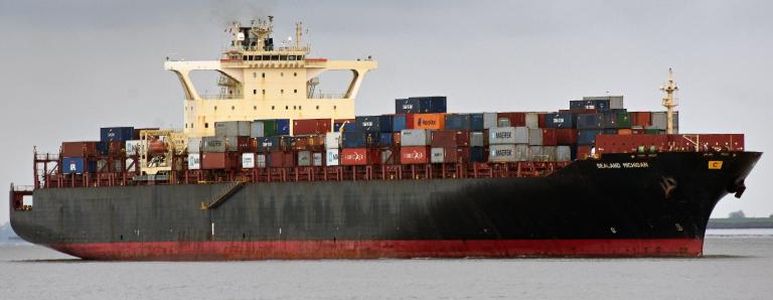
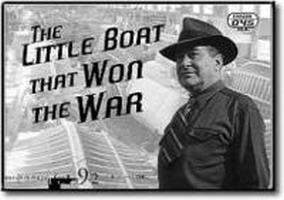 I am aware of only one man who was praised by both Eisenhower and Hitler. A
I am aware of only one man who was praised by both Eisenhower and Hitler. A  A federal judge dismissed the most recent felony convictions of five retired military officers who had admitted to accepting bribes from Leonard Francis, a Malaysian contractor nicknamed
A federal judge dismissed the most recent felony convictions of five retired military officers who had admitted to accepting bribes from Leonard Francis, a Malaysian contractor nicknamed 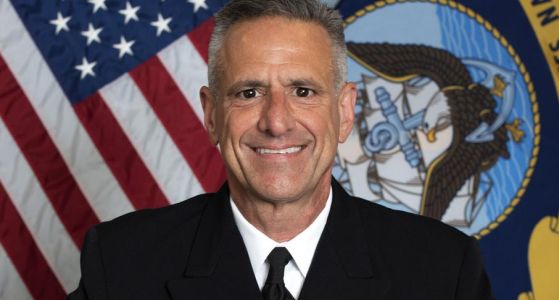 The Department of Justice
The Department of Justice 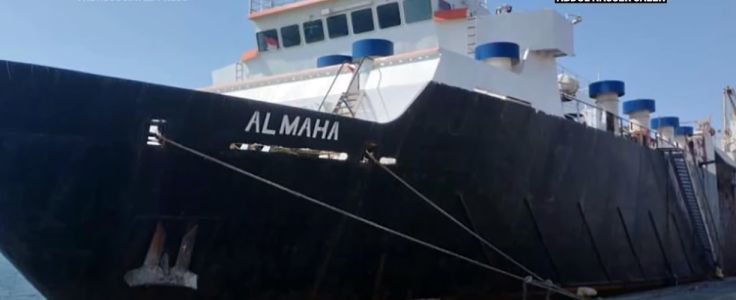 Back in 2021, we
Back in 2021, we 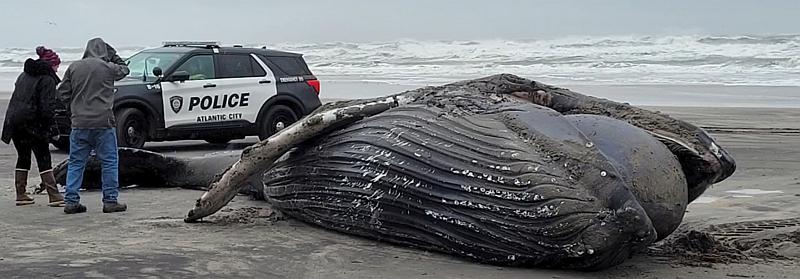 A recent article in the journal
A recent article in the journal 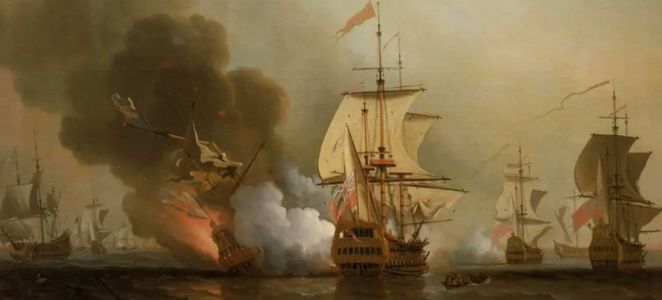
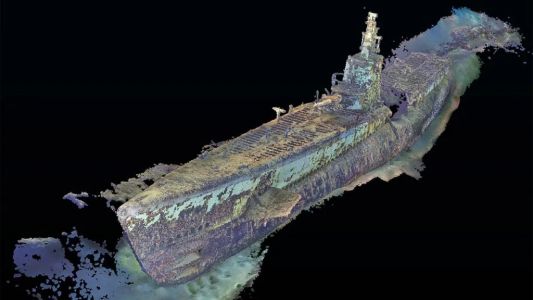 The
The 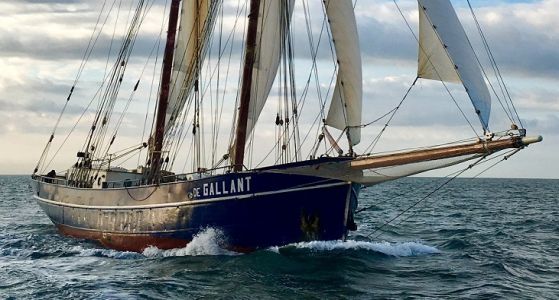

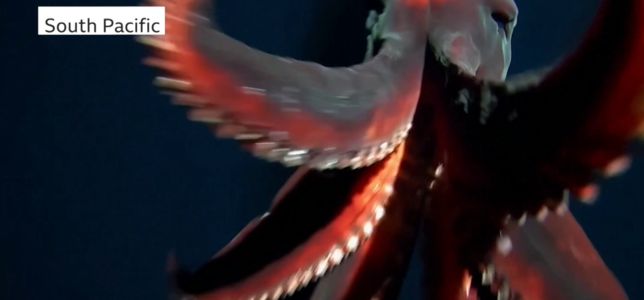 Researchers from the University of Western Australia (UWA) and Kelpie Geosciences in the U.K. recently caught some amazing video footage of a terrifying deep-sea squid that flashed a pair of brilliant “headlights” at the moment it goes in for the kill.
Researchers from the University of Western Australia (UWA) and Kelpie Geosciences in the U.K. recently caught some amazing video footage of a terrifying deep-sea squid that flashed a pair of brilliant “headlights” at the moment it goes in for the kill.  The trapped container ship Dali will “hopefully” be refloated this week after authorities set off charges at a
The trapped container ship Dali will “hopefully” be refloated this week after authorities set off charges at a  An updated repost appropriate for Mother’s Day.
An updated repost appropriate for Mother’s Day. Tens of thousands of people welcomed
Tens of thousands of people welcomed 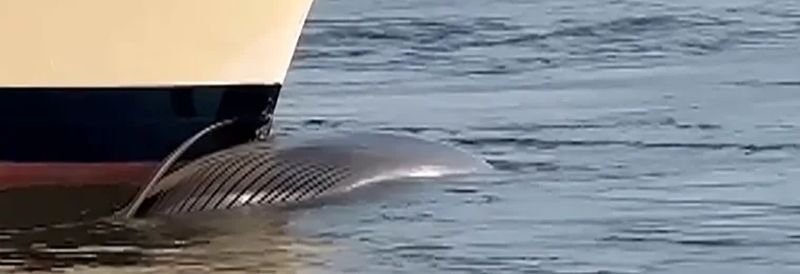 On Saturday, May 4, the cruise ship
On Saturday, May 4, the cruise ship